зБЂжЫЬжЧ•, 4жЬИ 5th, 2011...8:31 AM
Some no Komichi (Sinjuku-ku Nakai)
Reading time: About 4 minutes
Some no Komichi (Sinjuku-ku Nakai)вАЬSome no Komichi вАЬ is an event aimed to share the culture of dyeing. It is held around Kanda River and Myoshoji River, known as the home of Edo dyeing. This year is the third time being held since 2009. It was from February 18th (Fri) to 20th (Sun).
About 4,400 people visited over the three days.
The main works are Edo komon, yuzen pattern, sarasa (calico), yukata fabric, towel, kimono, scarf, necktie, and bag. You can actually try dyeing too.
The style of dyeing is called Edo Yuzen, which is one of the three great yuzen in Japan (Edo Yuzen, Kaga Yuzen, and Kyo Yuzen).
*History
Here at Shinguku ward, Tokyo, dyeing has been the local industry including Tokyo Tegaki Yuzen and Edo Komon, and these traditional works are spread not only within Japan but to the world as well.
The beginning of dyeing industry in Shinjuku dates back to Taisho period.
Dyeing artisans who used the water from Sumida River sought cleaner water and rich underground water and moved to Shinjuku ward along Kanda River and Myoshoji River.
As the new location had convenient access to the town of wholesale, Nihonbashi, they dyeing industry in Shinjuku flourished after Great Kanto earthquake.
Back then, people had to rely on traditional techniques, which made the outdoor process affected by the weather easily. However, these works outside allowed the local people to see the colorful fabrics in the town and has adapted as the season event.
*Town during the Event
About 50 shops had colorful noren (short curtain hung outside of a store) hanging.
You can feel the heart of wanting to preserve the culture.
*The River Gallery
Tanmono (cloth for kimono: width 40cm, length 12m) that has been dyed in traditional technique Edo sarasa and komon dyeing are hung over Myoshiji River.
*Students Participation
Many students participate. The event is supported by people of all age.
There were students guiding the visitors and works of student were displayed.
*Two traditional dyeing studio
A dyeing studio of Some no Sato Futaba-en, established 90 years ago that preserve the traditional Edo dyeing.
пЉИEdo Komon: authorized by the Minister of Economy, Trade, and Industry as traditional handicraftпЉЙ
Shawl and scarf made from Edo komon and Edo sarasa are sold.
Here, you can take a look of the studio and try dyeing. How about trying out the Edo culture?
Grade schooler can take the dyeing class too so it will be a great memory taking it together with parent and child.
Since the studio was established, all of the dyeing process has been done by hand.
вАЬEdo Komon Hirose StudioвАЭ has been established for 90 years as well. On the 18th (Fri), the studio was open to public and 100 visitors were amazed by the extraordinary technique of artisans.
Picture on the leftпЉЪCalled вАЬIsegata paperвАЭ which is used for dyeing. It has 800to 1200 holes whithin 3cm by 3cm square, and these make patterns. Here, there are over 4000 patterns passed down.
Picture on the rightпЉЪCarving tool used to write patterns on the base paper.
In order to make Komon, fabric is pasted on high quality fir wood, 7m long, 45cm wide, and 2.5cm thick and rice glue is spread over. After the glue dried, the fabric is brushed to even out the dye.
If you just glance at Komon, it seems it is dyed in one color, but if you take a closer look at it, you will find out the small patterns dyed on it. Komon is gaining attention for fashion items such as bags and neckties, not only for kimono.
вАЬSome no Sato Futaba-enвАЭ
Address:2-3-6 Kami-ochiai, Shinjuku-ku, Tokyo
Information:Tel.03-3368-8133гААFax.03-3362-3287
Access:4 minutes walk from Seibu Shinjuku Line Nakai Station, 4 minutes walk from Toei Oedo Line Nakai Station A2 exit.
Hours:Tuesdya to Saturday 11:00-17:00 (Closed: Sunday and Monday)
URL:https://www.futaba-en.jp/index.html
вАЬEdo Komon Hirose StudioвАЭ
Address:4-32-5 Naka-ochiai, Shinjuku-ku, Tokyo
Information:Tel. 03-3951-2155 begin_of_the_skype_highlighting¬†¬†¬†¬†¬†¬†¬†¬†¬†¬†¬†¬†¬†¬†03-3951-2155¬†¬†¬†¬†¬†¬†end_of_the_skype_highlighting гААFax. 03-3951-2155
Access:12 minutes walk from Seibu Shinjuku Line Nakai Station or Arai-yakushimae Station, 13 minutes walk from Toei Oedo Line Nakai Station A2 exit.
URL:https://www.komonhirose.co.jp/
Shinjuku ward Nakai
Access:From JR Yamanote Line Takadano-baba Station, interchange to Seibu Shinjuku Line local train for two station.
5 station from Toei Oedo Line Shinjuku Station
From JR Sobu Line Higashi-nakano Station, interchange to Toei Oedo Line and ride for 1 station.
From JR Chuo Line Nakano Station, interchange to Tokyo Metro Tozai Line for 1 station, get off at Ochiai Station an









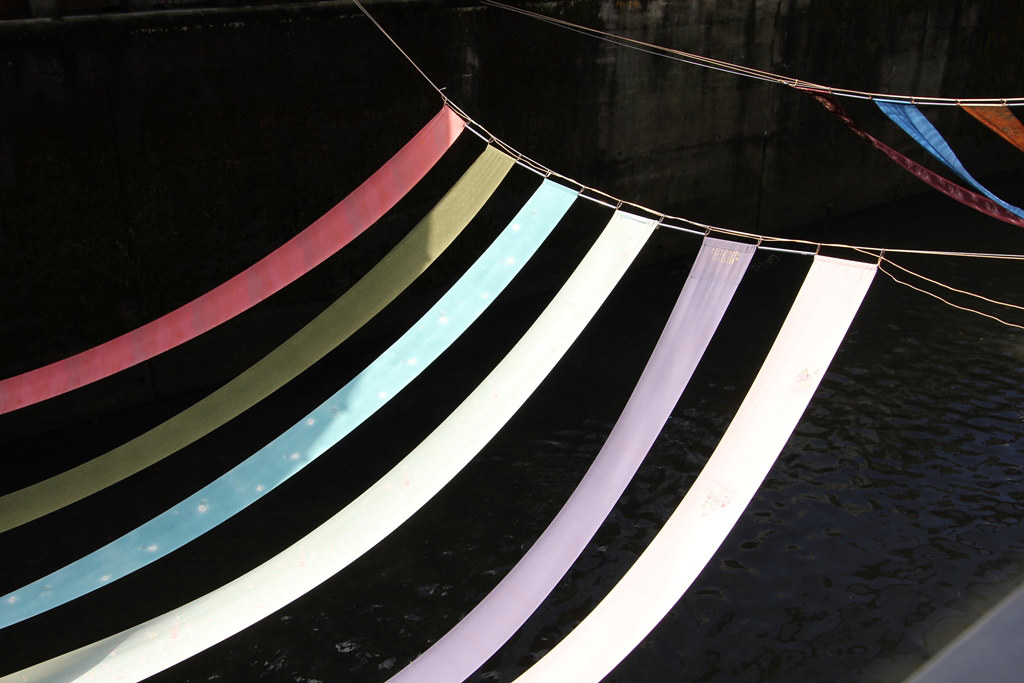
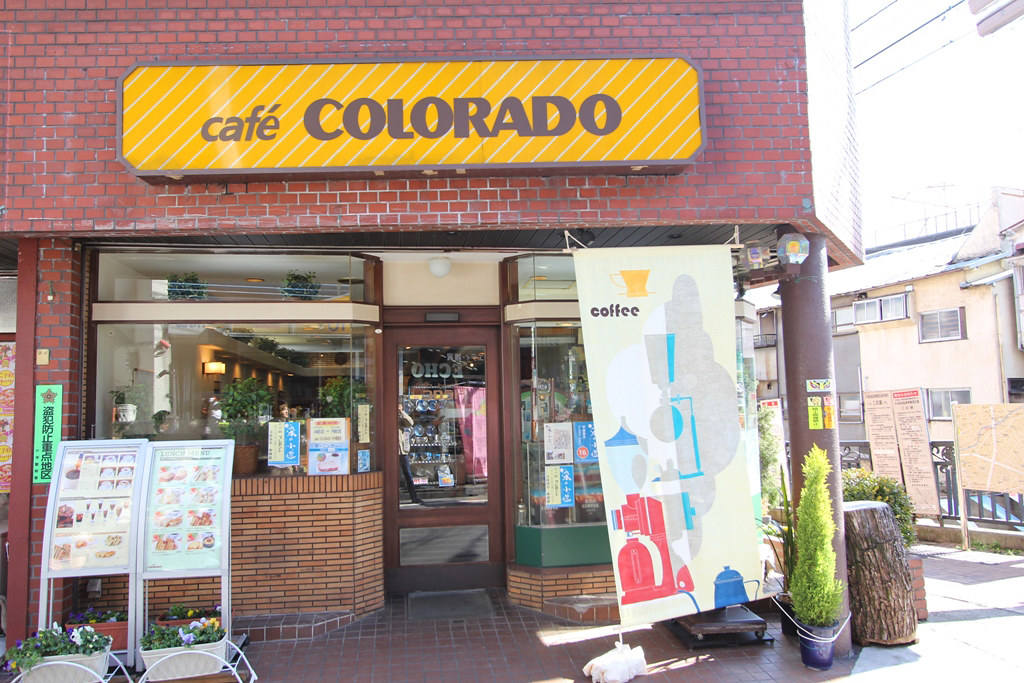


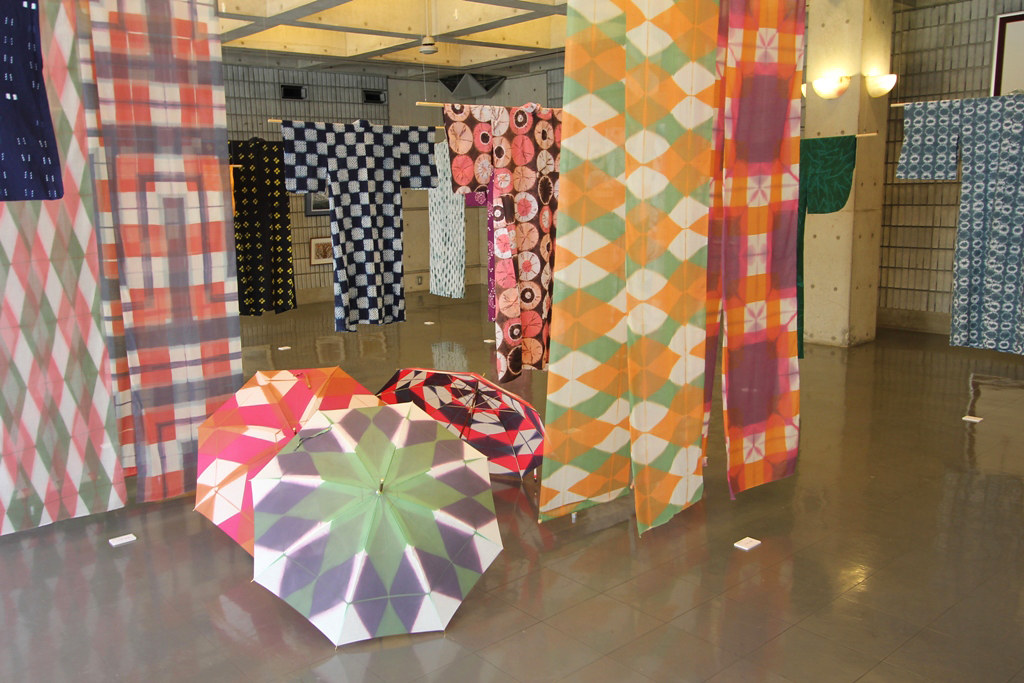
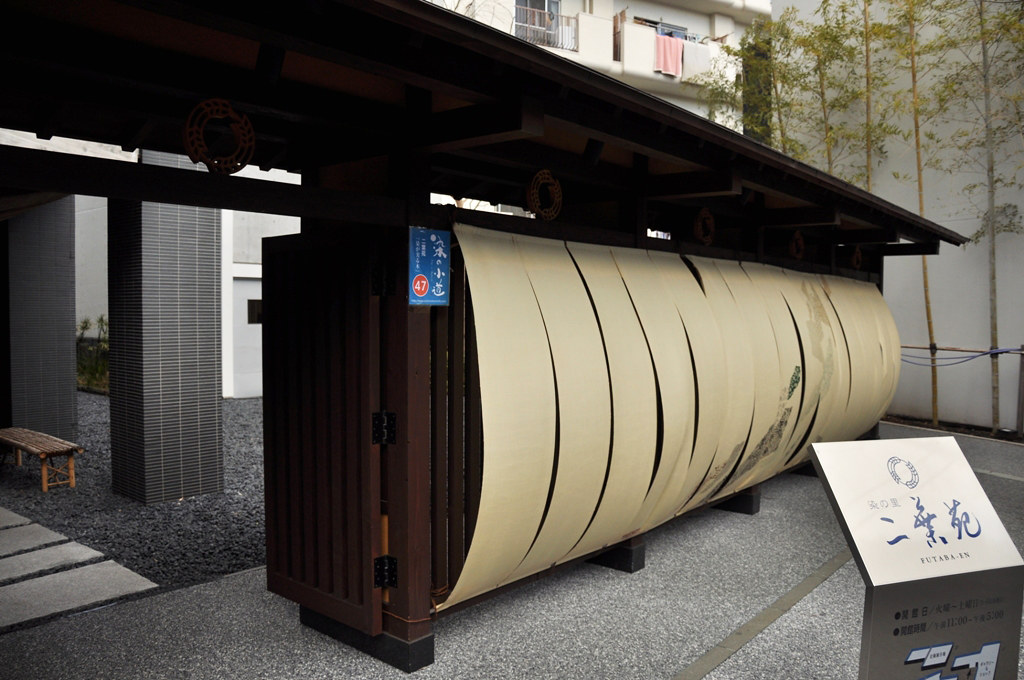
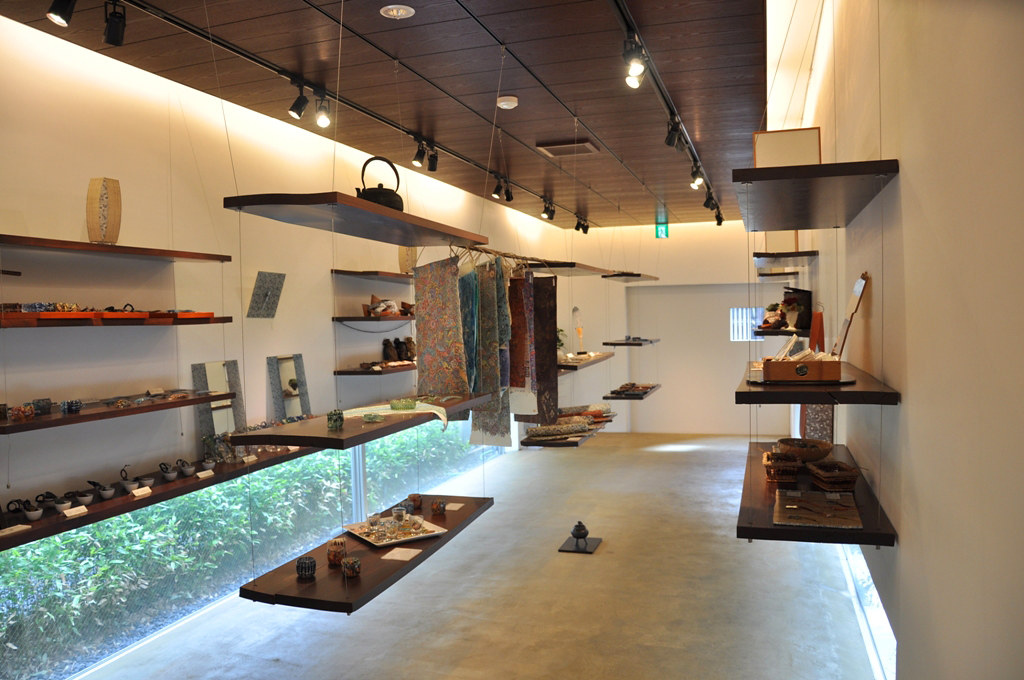
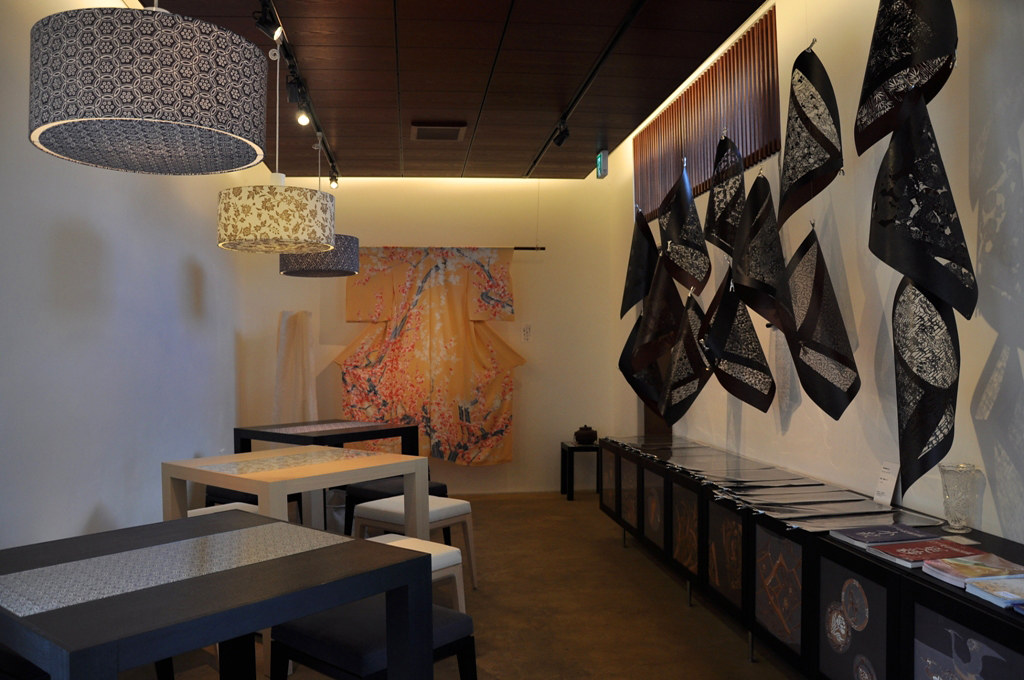



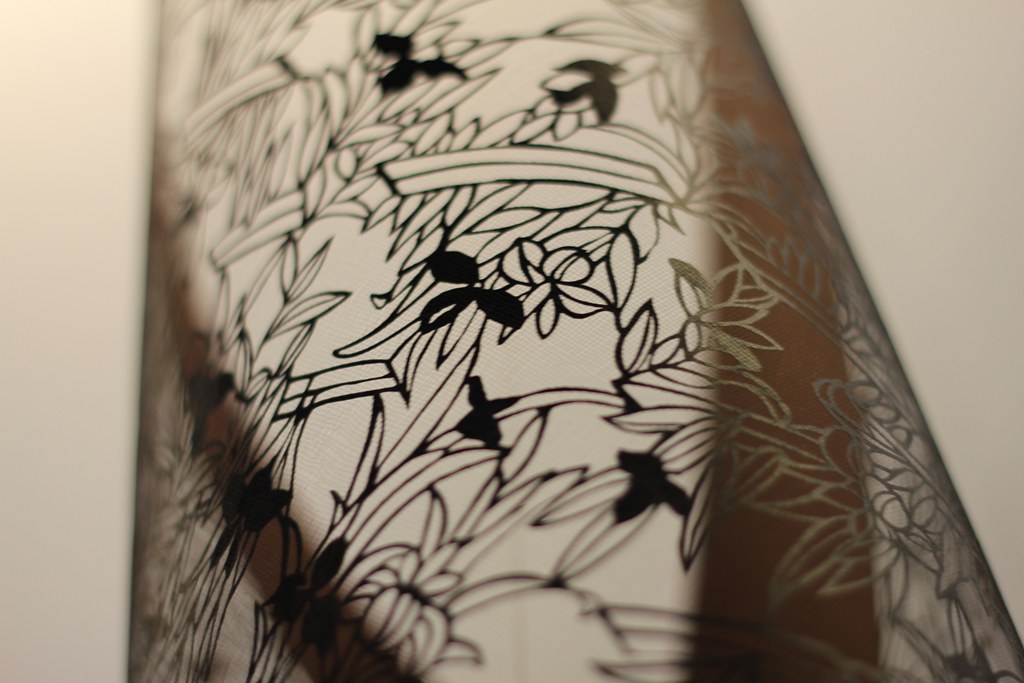
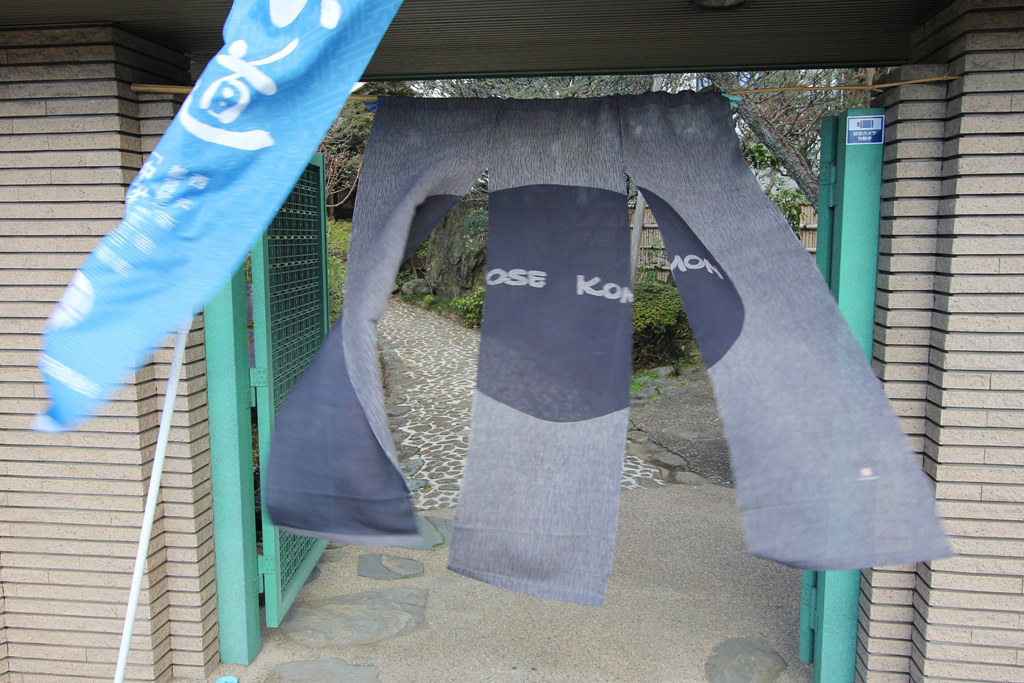
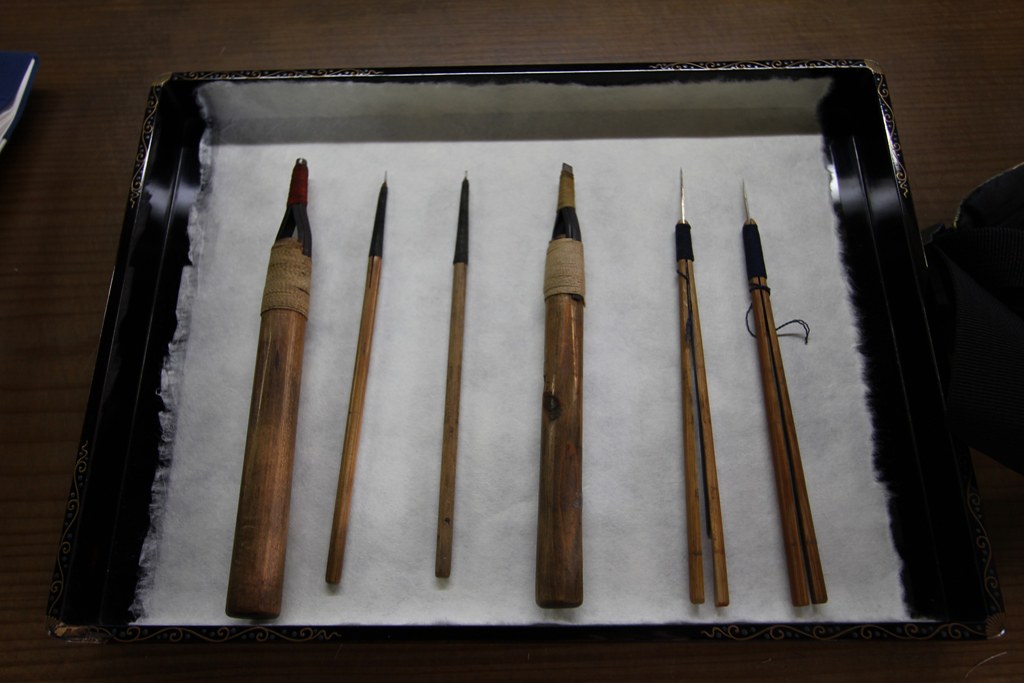
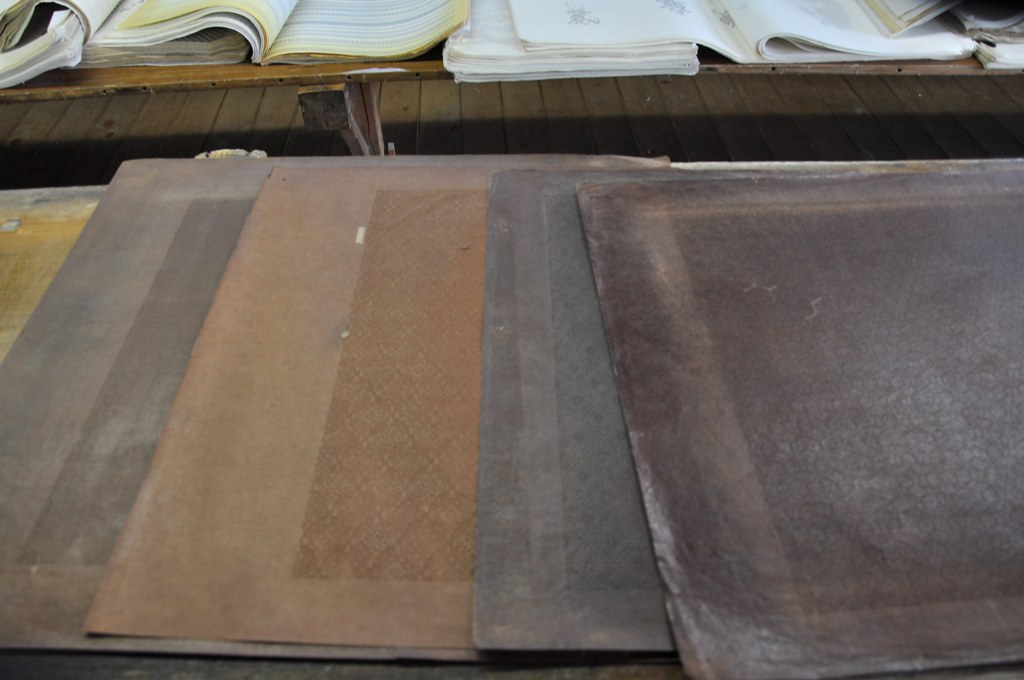
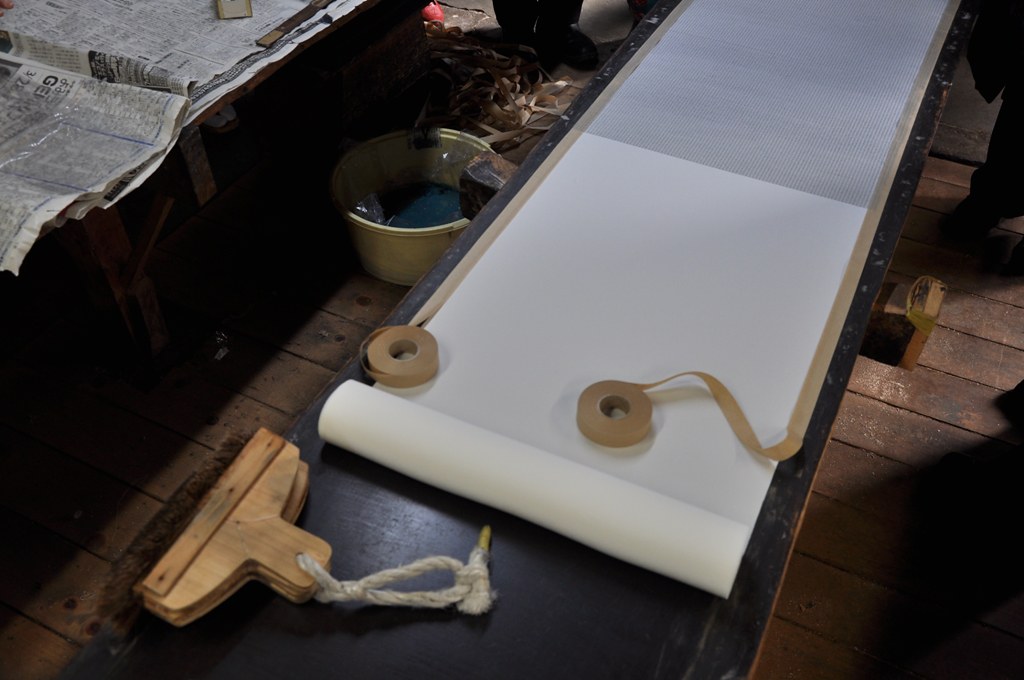
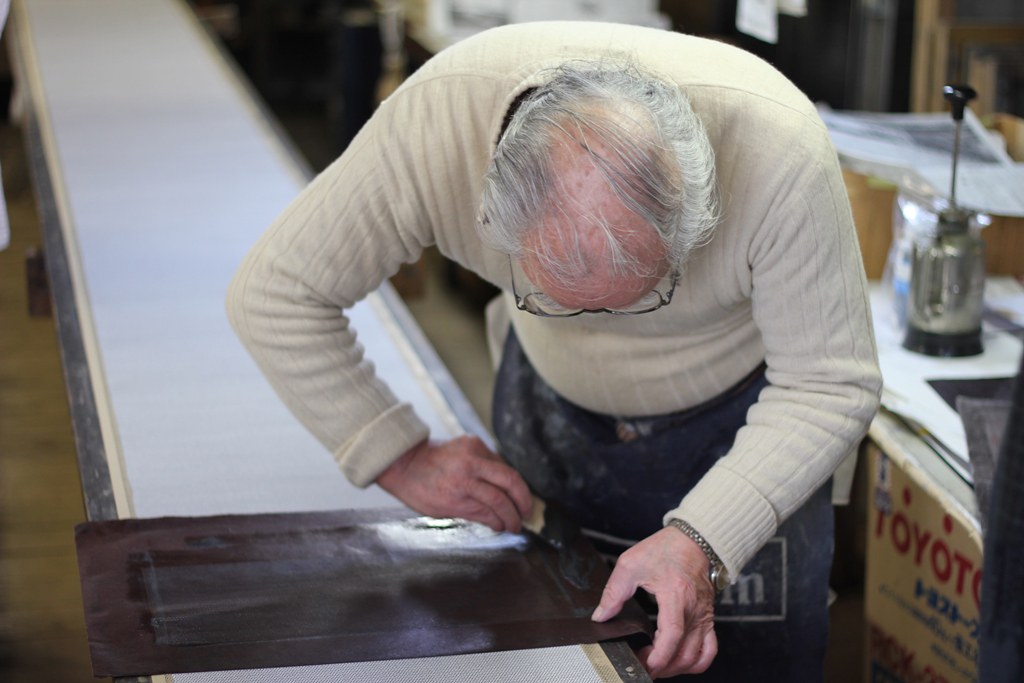

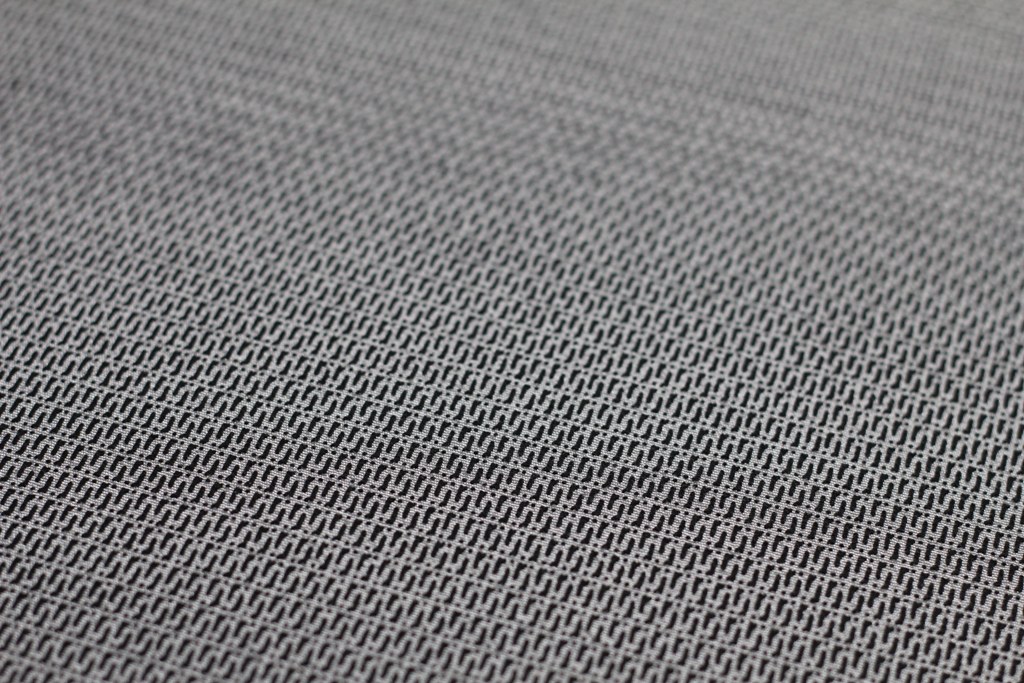











2 Comments
4жЬИ 5th, 2011 at 8:42 AM
Honto ni kirei рЯЩВ
4жЬИ 5th, 2011 at 10:41 AM
пЉЮEmily
Arigato!Thank youпЉБ
Leave a Reply